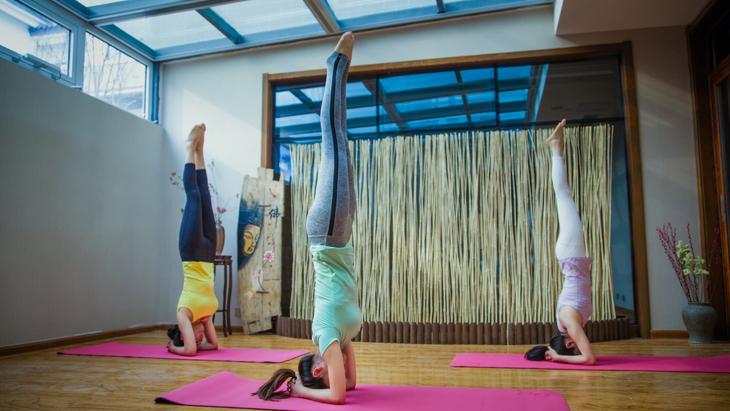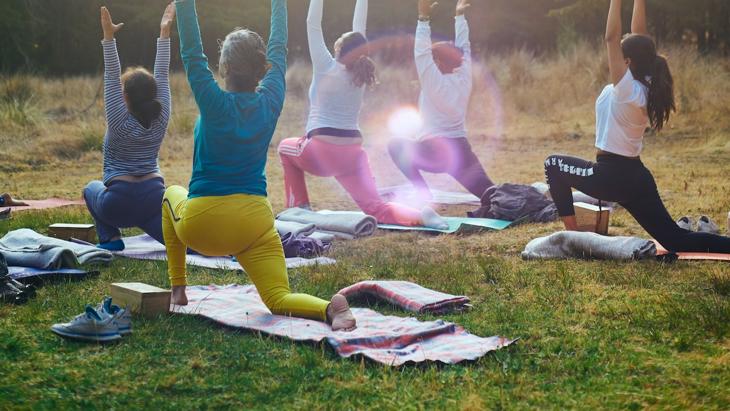Flexibility is an important part of physical fitness, allowing us to move freely and with ease. It can help improve posture and prevent injury. But what exactly is flexibility? And how can you improve yours? In this article, we’ll take a look at the science of flexibility and explore some strategies for improving it.
What Is Flexibility?
Simply put, flexibility is the ability to move our joints through their full range of motion. It’s a combination of both muscle length and joint mobility—two factors that can be improved with stretching and other exercises.
Flexibility helps us perform everyday tasks with greater ease, from carrying groceries up stairs to reaching for something on a high shelf. It also helps us maintain good posture and reduces the risk of injury when engaging in physical activities such as running or playing sports.
Why Is Flexibility Important?
Flexibility helps us move more easily during everyday activities, which can reduce fatigue and make things like carrying groceries or reaching for something on a high shelf much easier. Improved flexibility also helps reduce the risk of injury during physical activities like running or playing sports by increasing muscle elasticity and joint mobility. Additionally, having good flexibility can help improve posture by allowing the muscles to work more efficiently in keeping our spine aligned correctly.

How To Improve Flexibility
Improving your flexibility requires regular stretching exercises that target all major muscle groups in your body—from your neck down to your feet—with an emphasis on those that are tight or weak (such as hamstrings). A good rule of thumb is to stretch each muscle group at least once per week, holding each stretch for 20-30 seconds (longer if it feels comfortable). Additionally, adding foam rolling into your routine can help release tightness in muscles even further.
It’s important to note that although stretching is key for improving flexibility, it should not be done before engaging in vigorous exercise as this could lead to injury due to weakened muscles and joints still being flexible enough for intense movement yet not strong enough for proper support during such activity. Rather, dynamic stretches such as leg swings should be done prior to exercise as these will help prepare the body by increasing heart rate and blood flow while simultaneously loosening up the muscles without putting them at risk of overstretching or tearing due to excessive force being applied too quickly without proper preparation beforehand.

Conclusion
Flexibility is an important part of physical fitness; it enables us to move easily during everyday tasks while reducing our risk of injury during physical activity like running or playing sports by increasing muscle elasticity and joint mobility while simultaneously improving posture by allowing muscles work more efficiently in keeping our spine aligned correctly when necessary movements are made.. Improving one’s flexibility requires regular stretching exercises targeting all major muscle groups with an emphasis on those that may be tight or weak accompanied by foam rolling which will further release any tightness present within these muscles prior exercise so as not overstretch them when beginning vigorous activity without proper preparation beforehand though dynamic stretches such as leg swings should be done first instead so as not put oneself at risk due lack strength support from having stretched too quickly already before participating in any form strenuous activity..

 The Power of Intermittent Fasting: How to Incorporate It into Your Lifestyle
The Power of Intermittent Fasting: How to Incorporate It into Your Lifestyle